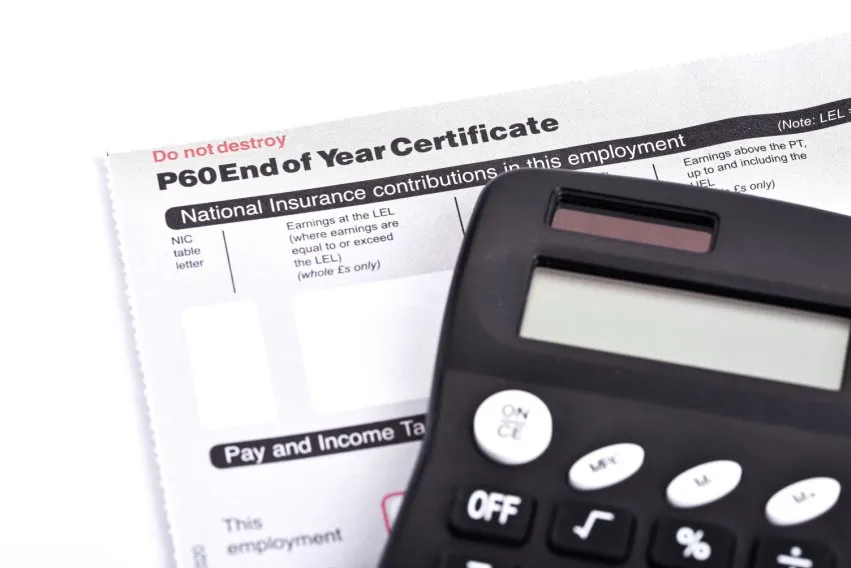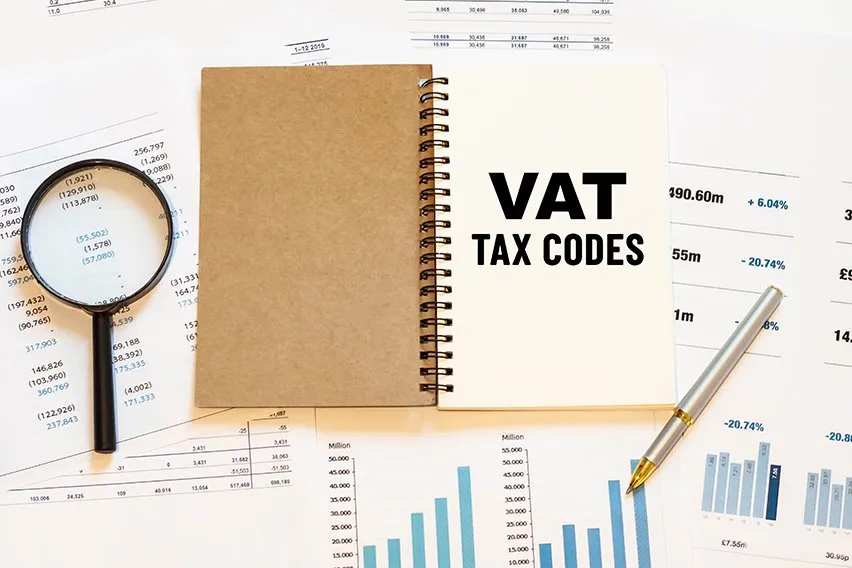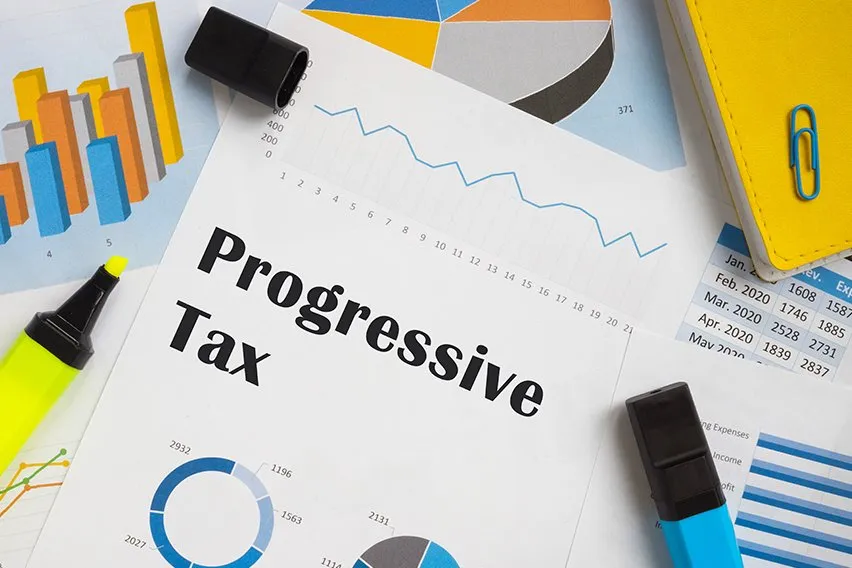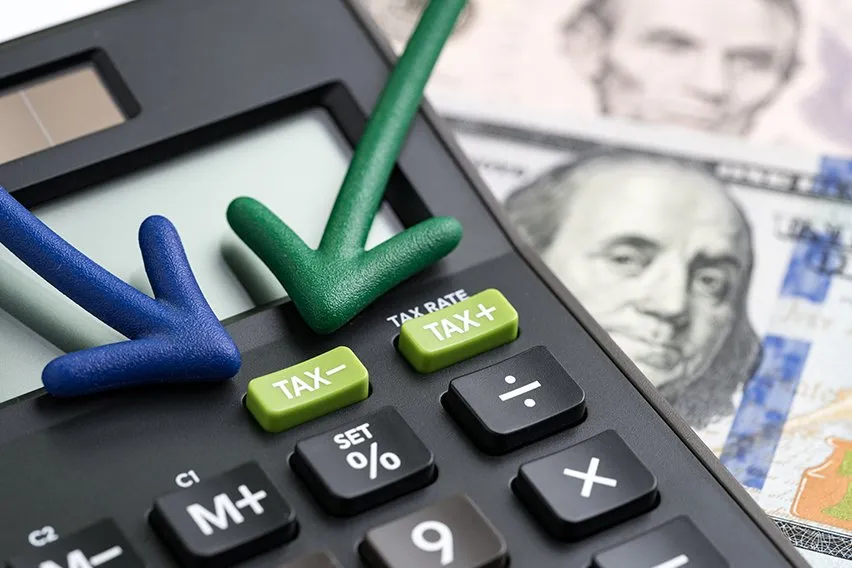SIPP Tax Relief in the UK

SIPP, or Self-Invested Personal Pension plan, is a personal pension scheme that offers various tax relief on pension contributions to provide greater control over your investments. Since investing can sometimes pose risks, the government offers a variety of SIPP tax reliefs to help you grow profits and mitigate your risk levels. Understanding SIPP contribution tax reliefs and how you can claim them helps you grow your retirement savings without stress. Explore types of SIPP pension tax relief, rules, and how to claim your SIPP benefits.
Key Takeaways
- SIPP is a personal pension plan that allows you to control where you invest.
- Since investing can be risky, SIPP tax reliefs help mitigate risk and boost profits.
- SIPP tax reliefs include government contributions, tax write-offs, and income tax and capital gains tax-free profits.
- SIPP tax write-off amounts vary based on your tax bracket.
- There are annual limits and lifetime limits to the amount you can contribute to SIPP.
- Government contributions and tax-free profits are automatic, while write-offs must be claimed on your income taxes.
- What Is SIPP Tax Relief?
- How Does SIPP Tax Relief Work?
- SIPP Tax Relief Rules and Limitations
- How Tax Relief Boosts Your SIPP
- SIPP Annual Allowance
- Higher Earners and the SIPP Annual Allowance
- How Much Will I Get From the SIPP Tax Relief?
- How To Claim SIPP Tax Relief
- Tax Preparation Made Simple With FreshBooks
- Frequently Asked Questions
What Is SIPP Tax Relief?
There are several tax reliefs available through SIPP. The simplest, and often largest, is basic rate tax relief on pension contributions. There are two kinds of pension schemes where you get relief automatically. Either your employer takes workplace pension contributions out of your pay before deducting income tax, or your pension provider claims tax relief from the government at the basic 20% rate and adds it to your pension pot. For higher-rate taxpayers, you may be able to receive a greater percentage back, equivalent to your initial taxation. Other SIPP pension contributions and tax reliefs include SIPP growth that’s free from income tax and capital gains tax.

How Does SIPP Tax Relief Work?
When you contribute to your SIPP, the government adds 20%, but the amount you can claim back will vary depending on your tax bracket. Here are a few examples:
- Basic rate: Contributes £80, the government adds £20. The total contribution is £100, and the tax relief is 20%
- Higher rate: Contributes £80, the government adds £20. You can claim back £20 on your tax return. The total contribution is £100, and the tax relief is 40%
- Additional rate: Contributes £80, the government adds £20. You can claim back £25 on your tax return. The total contribution is £100, and the tax relief is 45%
SIPP Tax Relief Rules and Limitations
There are two important limitations to tax relief on SIPPS: the annual allowance and the lifetime allowance.
- Standard annual allowance: there is an annual allowance of £60,000, which includes the amount the government contributes. This encompasses your SIPP as well as other pensions you may hold, as well as contributions made by your employer.
- Annual allowance for non-earners: contributions up to £2,880 annually will receive a 20% government match.
- Lifetime allowance: there is a lifetime contribution limit of £1,073,100
Amounts in excess of these allowances may be taxed on the excess.
How Tax Relief Boosts Your SIPP
If you’re a higher-rate or additional-rate taxpayer, you’re eligible for additional tax reliefs by claiming back some of your SIPP on your income taxes. For higher-rate taxpayers, you can claim 20% back, while additional-rate payers can claim 25%. This keeps your total SIPP contribution the same but effectively reduces the amount that you pay into it. All taxpayers also receive tax relief with zero income tax and zero capital gains tax on profits from SIPP.
Explore the different tax relief options based on your taxpayer bracket to see how much tax relief you can claim back from SIPP:
| Non-taxpayer | Basic rate taxpayer (20%) | Higher-rate taxpayer (40%) | Additional-rate taxpayer (45%) | |
| Total contribution | £1,250 | £1,250 | £1,250 | £1,250 |
| You pay | £1,000 | £1,000 | £1,000 | £1,000 |
| Government contribution (20%) | £250 | £250 | £250 | £250 |
| Amount you can claim on your tax return | £0 | £0 | £250
(20%) | £312.50
(25%) |
| How much a £1,250 SIPP contribution costs you | £1,000 | £1,000 | £750 | £687.50 |
SIPP Annual Allowance
The standard SIPP annual allowance is £60,000, which includes all contributions made by you, the government, and your employer. This also applies to employer pension contributions to other pensions you might hold, so you may have to decide where you wish to contribute your pension annual allowance.
For high earners, specifically those with an adjusted annual income that exceeds £260,000, there is a tapered allowance that gradually decreases SIPP annual contribution amounts to a base limit of £10,000. Non-earners may contribute up to £2,880 per year and still receive the 20% contribution, leaving an annual SIPP total contribution of £3,600.
Higher Earners and the SIPP Annual Allowance
If you earn over £260,000 in adjusted annual income, your SIPP annual allowance is gradually tapered down. For each £2 that you earn in adjusted income in excess of £260,000, £1 is removed from your SIPP annual allowance. The bottom limit of this is £10,000. However, the SIPP higher rate tax relief lets you claim additional tax relief in the form of tax write-offs if you fall into the higher tax bracket.
How Much Will I Get From the SIPP Tax Relief?
The total amount that you’ll get from the SIPP tax relief depends on your taxpayer bracket and your contribution amounts. Basic rate taxpayers are guaranteed a 20% government contribution to their SIPP tax benefits. If you fall into the higher-rate or additional-rate brackets, you can claim back 20% and 25% respectively, meaning you effectively receive 40% or 45% of your contribution amount in tax relief.
Looking for a way to make tax season easier? Discover how FreshBooks takes the pain out of tax preparation for helpful tips on filing your income taxes.
How To Claim SIPP Tax Relief
When you contribute to your SIPP, the government automatically adds 20% to your pension contribution. There are no additional measures that you have to take for claiming SIPP tax relief on contributions. Similarly, you don’t need to do anything to avoid paying income tax or capital gains tax on profits from SIPP. The only SIPP tax relief that requires action by you to further claim tax relief is if you fall into the higher-rate or additional-rate taxpayer brackets and wish to claim back your 20% or 25% on your contribution. These additional percentages are claimed on your self-assessment tax return when you file your income taxes.
Tax Preparation Made Simple With FreshBooks
SIPP tax reliefs can help you grow your savings for a secure retirement. In addition to the 20% that the government automatically adds to your contribution, higher-rate and additional-rate taxpayers can also claim 20% and 25% of personal contributions respectively as tax write-offs. If your investments generate profit, these profits are exempt from income and capital gains tax.
It’s important to have a financial advisor when managing your SIPP investments and to keep careful track of your investments. FreshBooks accounting software helps you manage your finances and makes filing easy so you can claim all your eligible SIPP tax reliefs. Try FreshBooks free for accounting support that’s MTD compatible for stress-free filing.

FAQs About SIPP Tax Relief
Learn more about SIPP tax relief with questions on withdrawing your SIPP, types of income that you can contribute, and more with our answers to these frequently asked questions.
When is tax relief added to SIPP?
Beyond the government contribution, tax reliefs that you can claim back are added if you fall into the higher-rate or additional-rate taxpayer brackets. When you receive your income tax statements, they will state which taxpayer bracket you fall under.
What is the maximum SIPP tax relief?
The maximum SIPP tax relief would be 45% of your contribution—20% from the government contribution, and 25% from the amount that you can claim back on your income taxes. This tax relief applies to taxpayers in the additional-rate bracket.
Can I take 25% of my SIPP tax-free?
After the age of 55, you’re allowed to withdraw up to 25% of your SIPP without being taxed on it. If you take greater than this amount, you’ll pay tax on the excess of 25%. FreshBooks accounting software helps you keep track of your pension savings so you can create an effective withdrawal schedule.
Can I pay rental income into SIPP?
Yes, you can pay rental income into your SIPP. Rent is considered part of your overall income, so the standard annual allowance applies to rental income as well as any other type of income that you use to contribute to your SIPP.
More Useful Resources
Reviewed by
Levon Kokhlikyan is a Finance Manager and accountant with 18 years of experience in managerial accounting and consolidations. He has a proven track record of success in cost accounting, analyzing financial data, and implementing effective processes. He holds an ACCA accreditation and a bachelor’s degree in social science from Yerevan State University.
RELATED ARTICLES


 SEIS vs EIS – Difference Between Two Schemes
SEIS vs EIS – Difference Between Two Schemes Working from Home Tax Relief Guide for the UK
Working from Home Tax Relief Guide for the UK What Is A P60: An Overview
What Is A P60: An Overview VAT Codes: A Complete Guide
VAT Codes: A Complete Guide Progressive Tax: Definition, Examples & How It Works
Progressive Tax: Definition, Examples & How It Works How to Reduce Corporation Tax: 8 Ways
How to Reduce Corporation Tax: 8 Ways